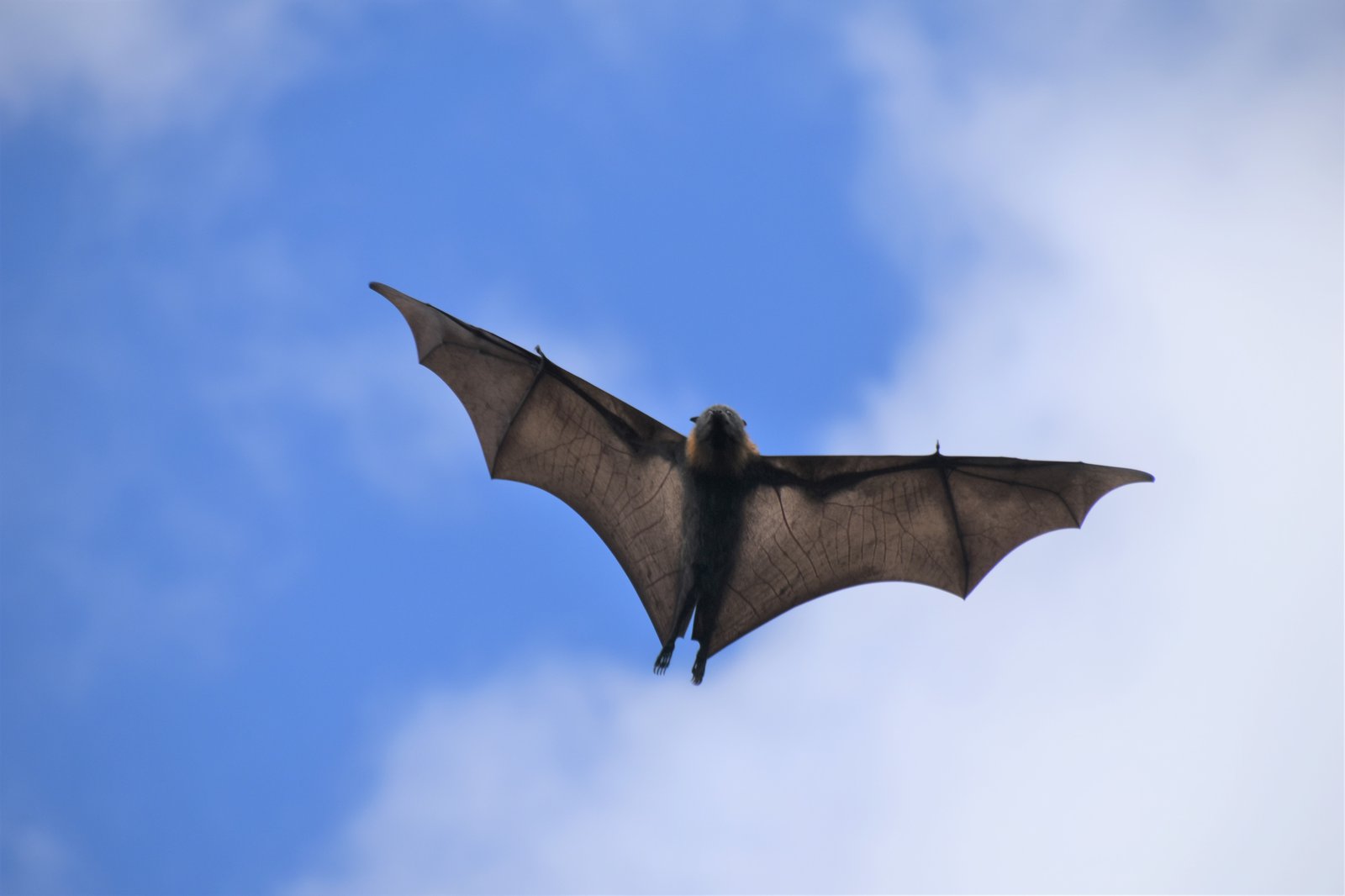Bangu: Big Bats and Little Bats
Written by Sara Kianga Judge, a neurodiverse Walbanja-Yuin woman.
On this page...
In Dhurga – one of many languages spoken by the First Nations Yuin people of the NSW South Coast - Bangu is the name for Bat. Sound it out: BAHN-GOO.
My mob use this one word for all Bats these days, because our Ancestors were not allowed to speak their language in the years after colonisation. Many of our words that told the difference between similar animals have been stolen from us, but that doesn’t mean that our people didn’t know the difference between Microbats and Flying-foxes. My uncle and I call them ‘Big Bangu’ (Flying-foxes) and ‘Little Bangu’ (Microbats) now.
Many people mistake little Microbats for baby Flying-foxes, while others wonder if Flying-foxes are even Bangu at all! So, what makes an animal a Bat, and how can we tell the difference between Big Bangu and Little Bangu?

© George Madani
What is a Bat?
Bats are mammals – that means that like all mammals they make their own body warmth and feed milk to their babies. Unlike other mammals, though, Bangu have wings!
Bangu wings have the same bones as our hands - four long fingers and a thumb are connected by a thin layer of black skin called ‘membrane’. The membrane is very flexible and helps Bangu to fly long distances and change direction quickly. Bangu are the only mammals in the world that can truly fly like birds do.
Bangu need to be able to fly because their foods are found in tall trees and in the sky. The foods that they eat are an important difference between Big Bangu and Little Bangu.
Insect eaters and flower eaters
Little Bangu are insectivores – that means they eat small flying and tree-living insects like moths, mosquitoes, lacewings, and sometimes even spiders!
Big Bangu, on the other hand, are nectivores and frugivores – meaning that they eat nectar and fruit.

© Sara Judge
Small food for small Bats!
Why do we call them Big and Little Bangu though? Well, this is because Microbats are tiny adults – not baby Bats!
Most Microbats only weigh between 3 and 60 grams. Meanwhile, our Flying-foxes range from 258 grams to 1.3 kilograms and have wingspans around 1 metre wide.
Remember what Big Bangu and Little Bangu eat: small insect foods for small Bats and big fruit foods for big Bats. The size of the food matches the size of the Bangu.
Other differences
Little Bangu are the only Bats who use sound and echoes – called echolocation – to find their way and their fast-moving insect food. Big Bangu do not use echolocation because trees do not run away! They rely on their excellent hearing, eyesight and sense of smell to find fruit and flowers.
Little Bangu roost together in family groups that have their own Country and languages. Big Bangu are all part of one single community and come and go from various tree-top camps as they move around looking for blossoming trees.
Bangu are really interesting animals! To find out more, click here.
Editorial note: Some animal names have been capitalised to give agency to Country by First Nations writers. Find out more about why we capitalise English language in reading Who is Country.
About the author
Sara Kianga Judge is a neurodiverse Walbunja-Yuin woman who grew up on Burramattagal Country. She is an environmental scientist, geographer and artist passionate about accessible science communication and helping people to grow meaningful relationships with Country.


